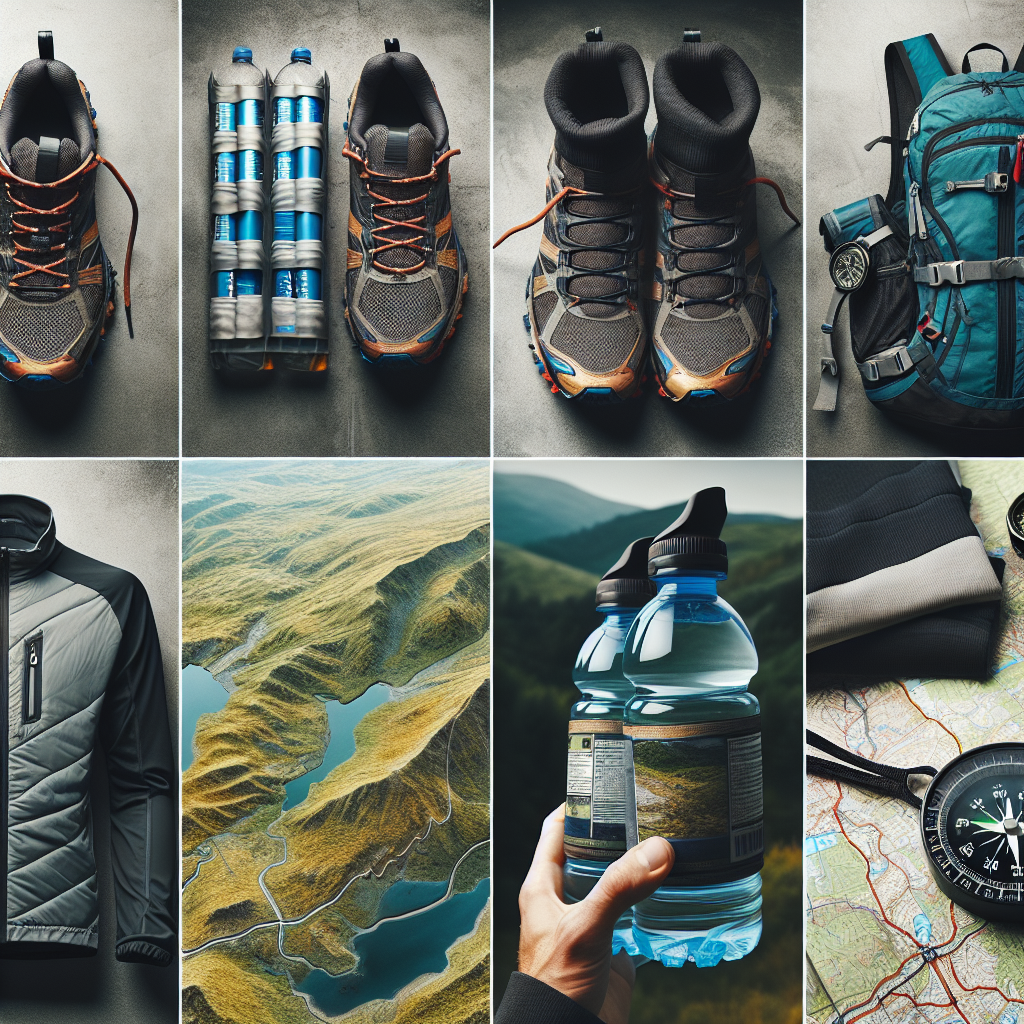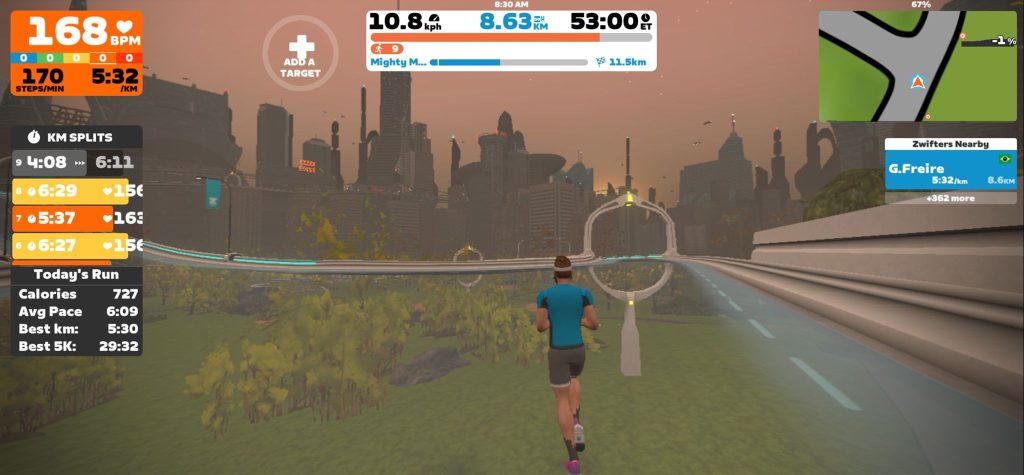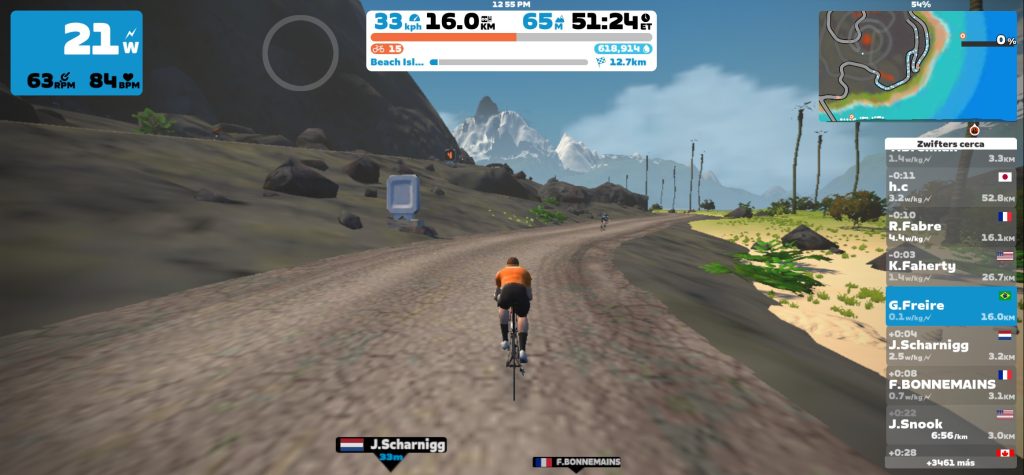Hey there, fellow runner! Have you ever felt the allure of the great outdoors calling your name? If the idea of swapping city streets for winding trails has crossed your mind, you’re in for a treat. Welcome to ‘Trail Running Essentials: How to Start in Trails’ on Running with Joe! Here, we’ll dive into everything you need to know to make that transition from pavement to dirt paths as smooth as possible. Imagine the fresh air filling your lungs, the sound of leaves crunching under your feet, and the thrill of conquering new terrains. Sounds exciting, right?
Whether you’re a seasoned road runner or a complete newbie, trail running offers a whole new world of challenges and rewards. But where do you start? What gear do you need? And how do you stay safe while exploring the wilderness? Don’t worry, I’ve got you covered. Let’s embark on this trail running journey together and discover the essentials that will set you up for success. Ready to hit the trails? Let’s go!

How to start to run in trails
Embarking on your trail running journey can be as thrilling as it is rewarding. But knowing where to start can sometimes feel overwhelming. First things first, begin by choosing the right trails. Opt for well-marked, beginner-friendly trails that match your current fitness level. This will help you build confidence and stamina gradually. Wondering where to find these trails? Sites like AllTrails and WIkiLoc offer detailed maps and user reviews that can guide your choice.
Once you’ve picked your trail, it’s time to focus on technique. Trail running differs from road running as it involves varied terrain that can challenge your balance and coordination. Start with a slow pace; focus on short, quick steps to navigate through rocky or uneven surfaces more efficiently. It’s also helpful to keep your gaze fixed about three to four feet ahead to anticipate obstacles early. Don’t hesitate to walk the steeper sections—conserving energy is key in trail running. Remember, every trail runner started somewhere, and the key is to progress at your own pace and enjoy the journey with nature.
Always remember to carry essential safety gear and sufficient water, especially on longer trails or in remote areas. Starting your trail running adventure is just the beginning—each run adds to your experience, resilience, and connection with the great outdoors. Embrace each step, breathe in the fresh air, and let the adventure elevate your spirit!
Navigating Weather: Apparel Guide
Embarking on a trail run means stepping into a world where the weather can shift as quickly as the scenery. It’s not just about enduring the elements; it’s about embracing them with the right apparel that keeps you comfortable, protected, and focused on the path ahead. Have you ever started a run under a clear blue sky only to find yourself caught in a sudden downpour an hour later? We’ve all been there, and it’s exactly why choosing adaptable and weather-appropriate gear is crucial.
Let’s break down the essentials:
- Moisture-wicking Base Layer: Whether it’s a chilly morning or a warm afternoon, a good base layer helps regulate your body temperature by pulling sweat away from your skin. This keeps you dry and comfortable regardless of the intensity of your run.
- Weather-resistant Outer Layer: Look for jackets and vests specifically designed for trail running. These should be lightweight yet capable of guarding against wind and rain. Features like adjustable hoods and waterproof zippers add extra protection when the weather turns harsh.
- Smart Accessories: Don’t forget your extremities. A breathable, yet warm hat and gloves can be a game-changer in cooler conditions. In summer, a hat with a brim and sunglasses will protect you from the sun’s glare, which can be quite intense, especially in open areas.
Remember, the right clothing not only shields you from the elements but also boosts your confidence on the trail. It’s about finding that perfect balance between comfort and functionality. What’s your go-to piece of gear that never lets you down? Share it with us and help inspire fellow runners to gear up smartly!
Tech Tools for Trail Navigation
When it comes to navigating the great outdoors, having the right tech tools can make your trail running experience not only more enjoyable but also significantly safer. Have you ever found yourself lost on a trail, unsure of which direction to take? I’ve been there, and trust me, it’s not a fun place to be. With the advancements in technology, we now have a plethora of tools designed to keep us on track and help us explore with confidence.
One of my go-to devices for trail navigation is the Apple Watch Ultra. This smartwatch is more than just a fitness tracker; it’s a comprehensive navigation tool that can guide you through even the most challenging terrains. With its built-in GPS, you can easily track your route, monitor your pace, and even get turn-by-turn directions. Plus, it’s water-resistant and durable, making it perfect for all weather conditions. If you’re looking for a reliable companion on your trail runs, this watch is a game-changer.
Another essential tech tool is a dedicated trail running app. Apps like AllTrails and Gaia GPS are fantastic for planning your routes and ensuring you stay on the right path. These apps offer detailed maps, user reviews, and even offline capabilities, so you’re never left stranded without a signal. Here are a few features to look for in a good trail running app:
- Offline maps: Essential for areas with poor cellular service.
- Route planning: Create and follow custom routes tailored to your adventure.
- User reviews: Get insights and tips from fellow trail runners.
- Real-time tracking: Keep tabs on your progress and share your location with friends or family for added safety.
Investing in the right tech tools for trail navigation can transform your running experience from daunting to delightful. So, next time you’re gearing up for an adventure, make sure you’re equipped with the best navigation tools to guide you through every twist and turn. Happy trails!
Enjoying contact with nature while running
Trail running isn’t just about fitness; it’s a unique opportunity to connect with nature in a way that few other sports allow. Imagine the soft crunch of leaves under your feet, the fresh pine-scented air filling your lungs, and the occasional wildlife sighting that adds a thrill to your run. It’s about more than just the physical challenge; it’s about experiencing the wild as you weave through forests, scale hills, and cross streams. This direct contact with nature not only rejuvenates your spirit but also enhances your appreciation for the environment.
As you prepare to embrace the wilderness, remember the importance of being well-equipped. Your journey through rugged terrains will be much more enjoyable and safer with the right gear. Ensure you have a reliable pair of trail running shoes that offer good grip and support. Layer your clothing to adapt easily to changing weather conditions, a tip you’ll recall from our apparel guide. And don’t forget to pack a compact, durable navigation tool to help keep you on the right path. Each piece of gear plays a crucial role in harmonizing your adventure with the unpredictable elements of the outdoors.
Here are a few tips to enhance your connection with nature during your trail runs:
- Take a moment to pause and look around every now and then, absorbing the scenery and listening to the sounds of the wild.
- If you’re running in an area known for wildlife, research the animals you might encounter and learn how to safely share the space with them.
- Consider the environmental impact of your run. Stick to marked trails to minimize your footprint and avoid disturbing the natural habitat.
Embracing these practices will not only deepen your trail running experience but also help preserve the beauty and integrity of the landscapes you love to explore.












